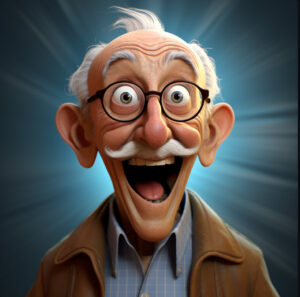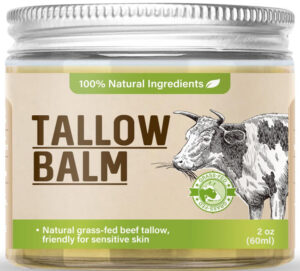No products in the cart.
No products in the cart.
The tarot card deck, often shrouded in mystery and intrigue, has a rich history that dates back several centuries. Originally created as a playing card deck in the 15th century, these cards have evolved into a tool for divination, self-reflection, and spiritual guidance. This document explores the origins of tarot cards, their historical context, and the various ways they are utilized in modern practices.
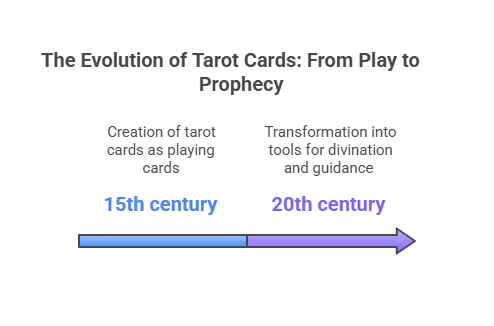
The card deck, often shrouded in mystery and intrigue, has a rich history that dates back several centuries. Originally created as a playing card deck in the 15th century, tarot cards have evolved into a tool for divination, self-reflection, and spiritual guidance. This document explores the origins of tarot cards, their historical context, and the various ways they are utilized in modern practices.
The earliest known cards appeared in Italy during the Renaissance period, specifically around the 1440s. These cards were initially designed for a game called tarocchi, which was played by the nobility. The decks were hand-painted and featured elaborate artwork, often depicting allegorical and mythological themes. The four suits of the tarot—Cups, Pentacles, Swords, and Wands—are believed to have been inspired by traditional playing card suits.
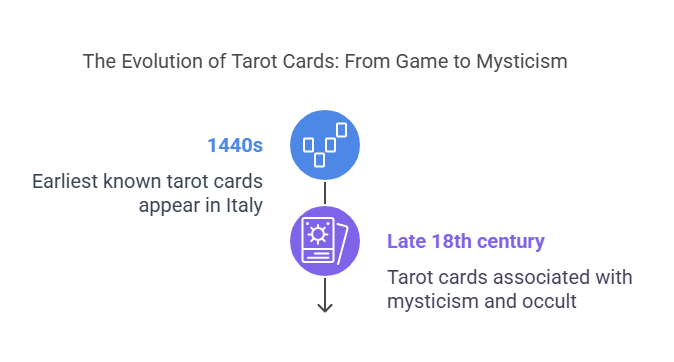
By the late 18th century, tarot cards began to be associated with mysticism and the occult. Figures such as Antoine Court de Gébelin and Jean-Baptiste Alliette (known as Etteilla) popularized the idea that tarot cards held esoteric knowledge and could be used for divination. This shift marked the transition of tarot from a mere game to a spiritual tool.
A standard tarot deck consists of 78 cards, divided into two main sections: the Major Arcana and the Minor Arcana.
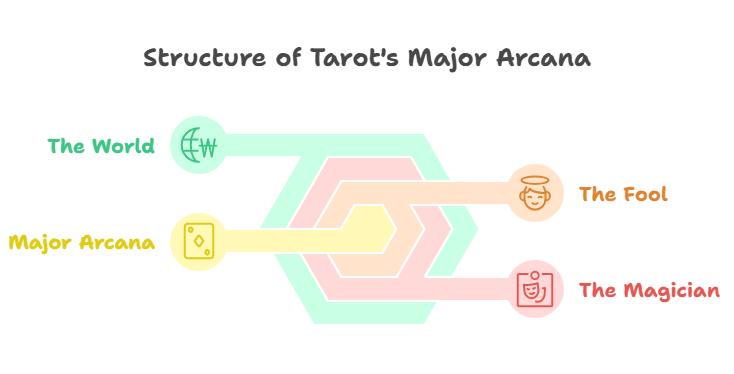
Tarot cards serve various purposes in contemporary society, including:
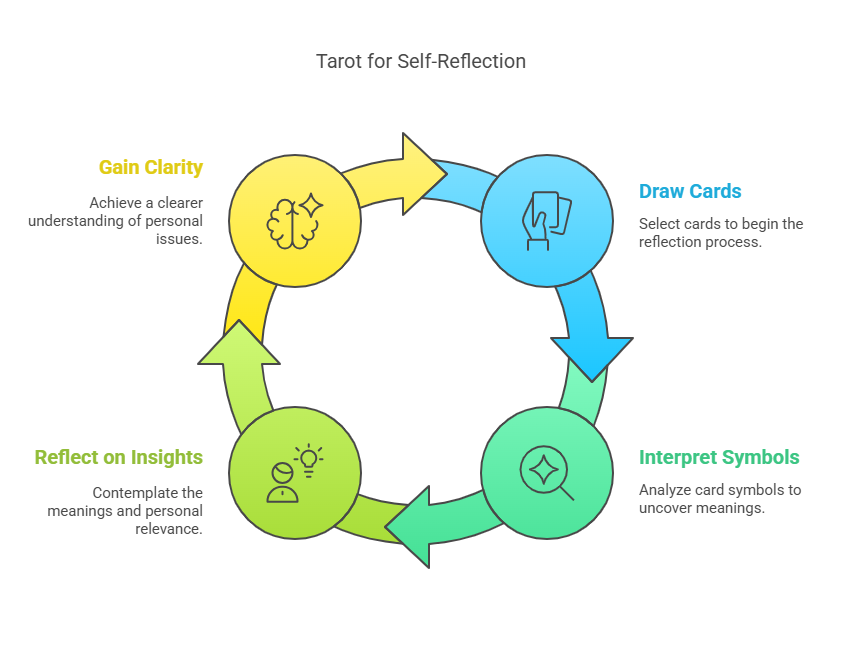
Tarot cards serve various purposes in contemporary society, including:
The journey of tarot cards from a simple card game to a multifaceted tool for divination and self-exploration is a testament to their enduring appeal. Whether used for guidance, reflection, or creativity, tarot cards continue to captivate and inspire individuals around the world. As we delve deeper into their history and applications, we uncover the profound impact they can have on our lives.
If you want or need assistance with this article, please don’t hesitate to Contact Us

